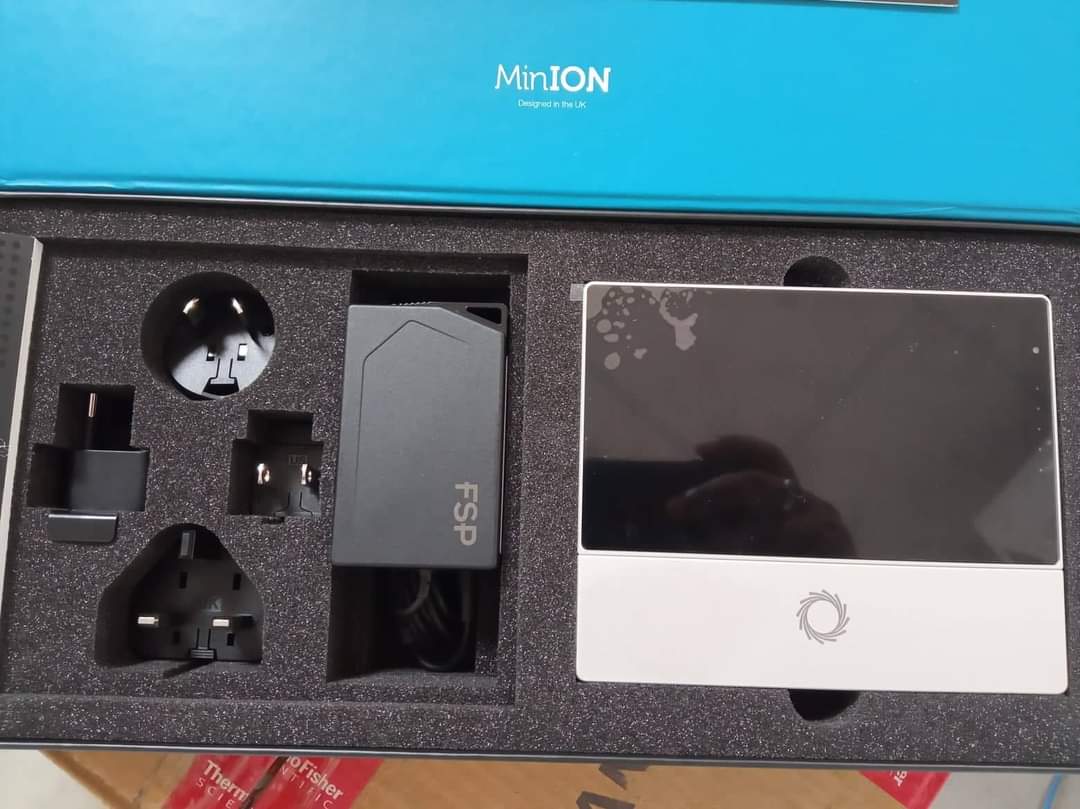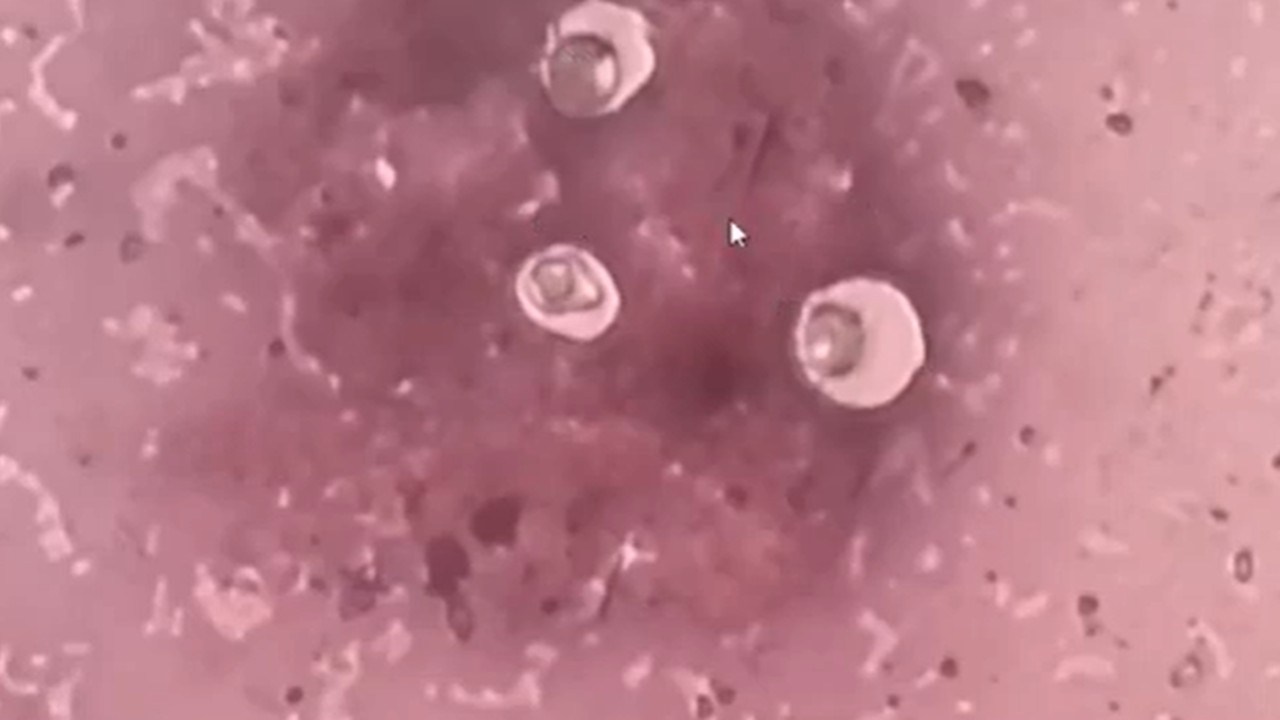Sanger Sequencers for Fungal Identification: Introduction, Application, and Keynotes
Introduction Sanger sequencing, developed by Frederick Sanger in 1977, is a chain-termination DNA sequencing method that remains the gold standard for molecular-level fungal identification.It is widely used to determine the exact nucleotide sequence of specific fungal genes (e.g., ITS, D1/D2, LSU, SSU, β-tubulin, calmodulin) to accurately identify fungal …






